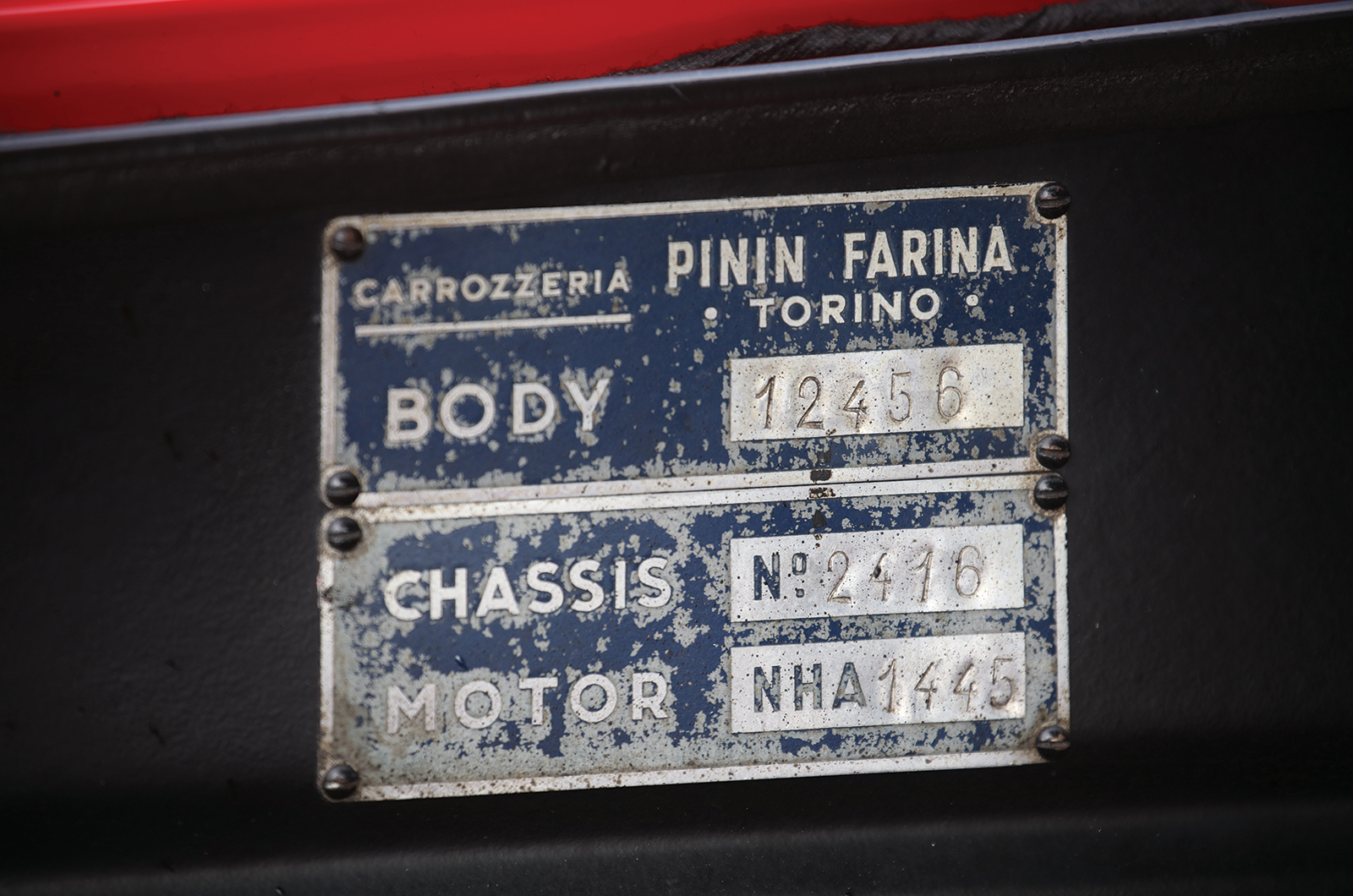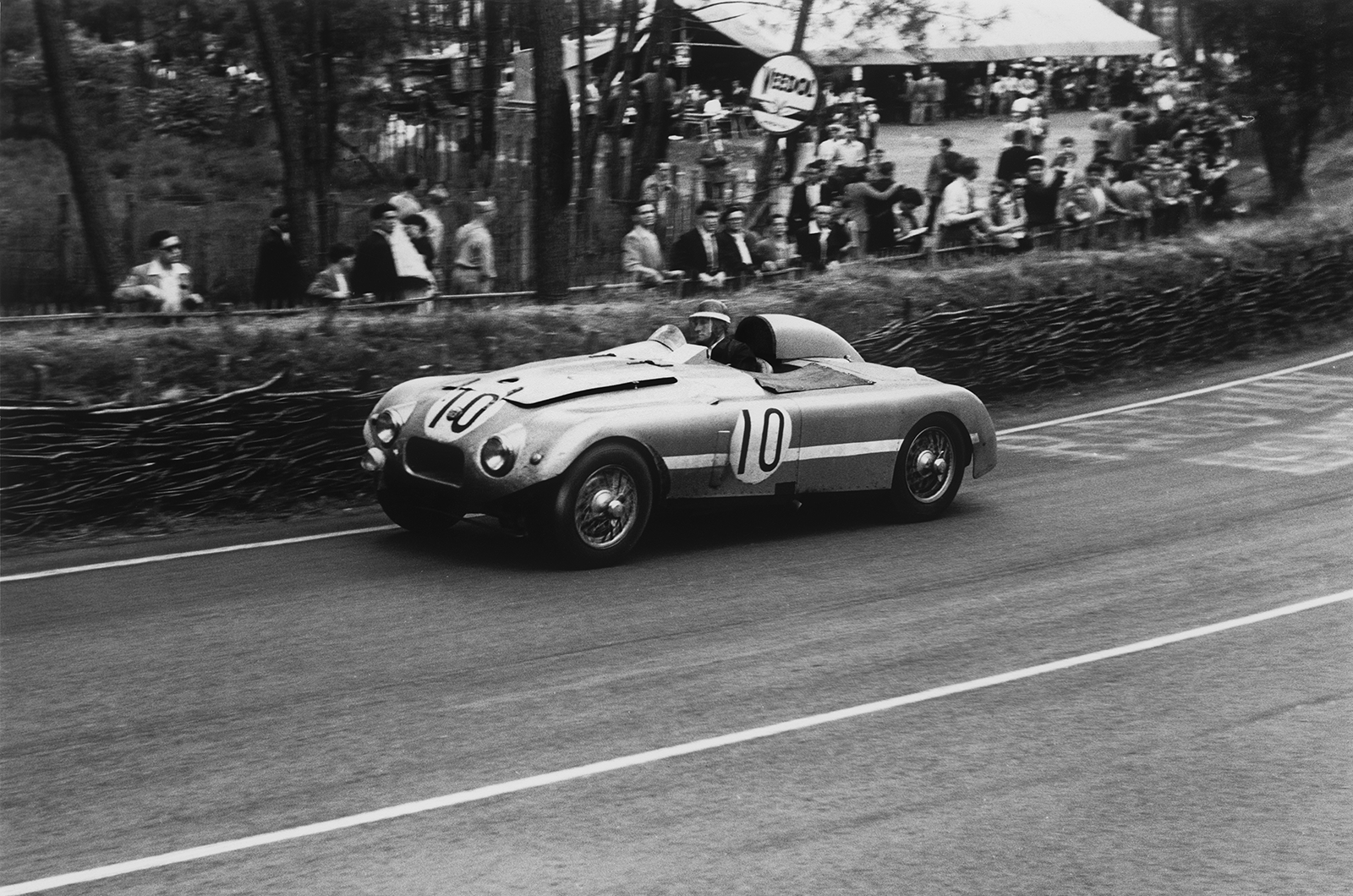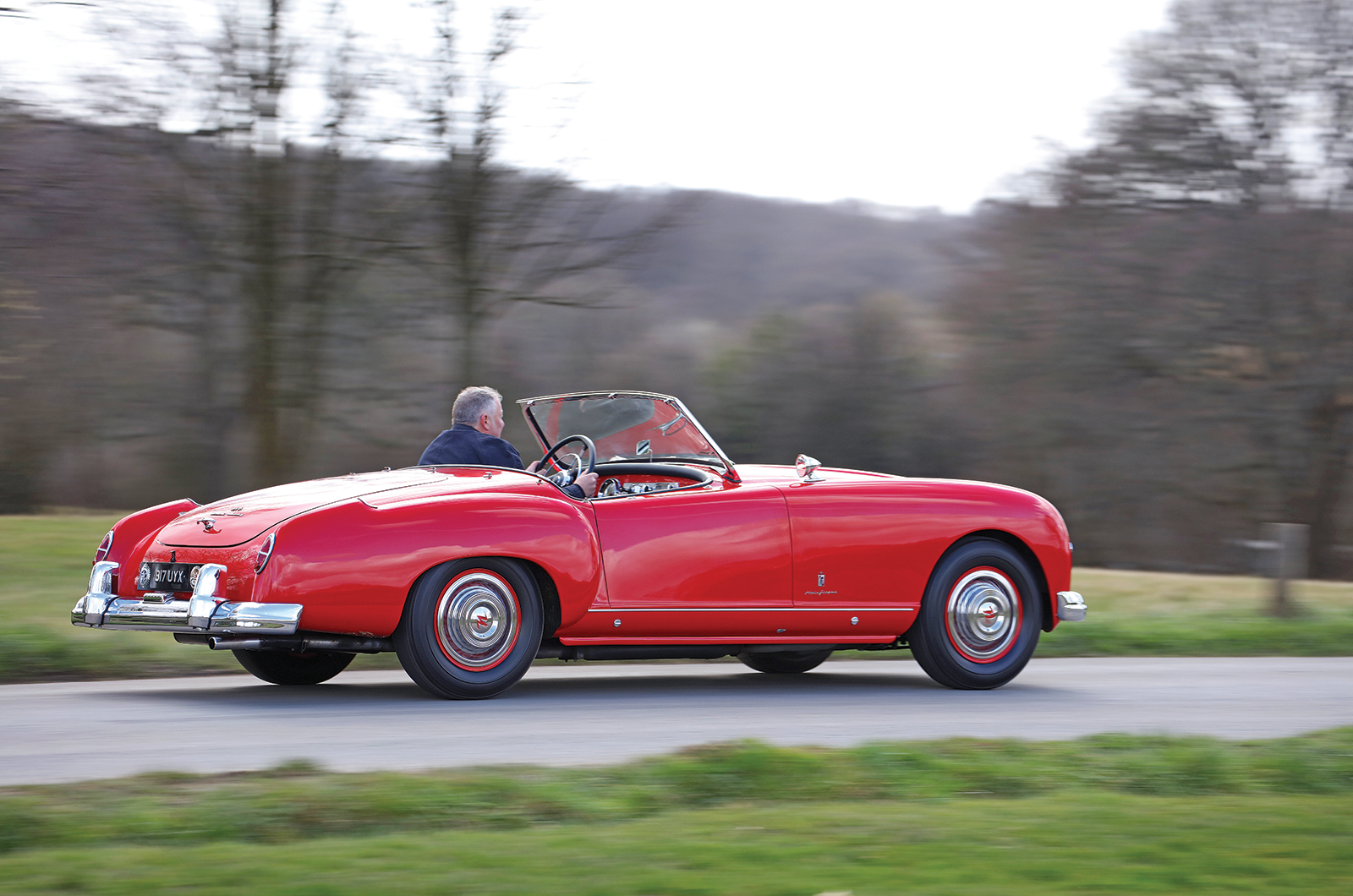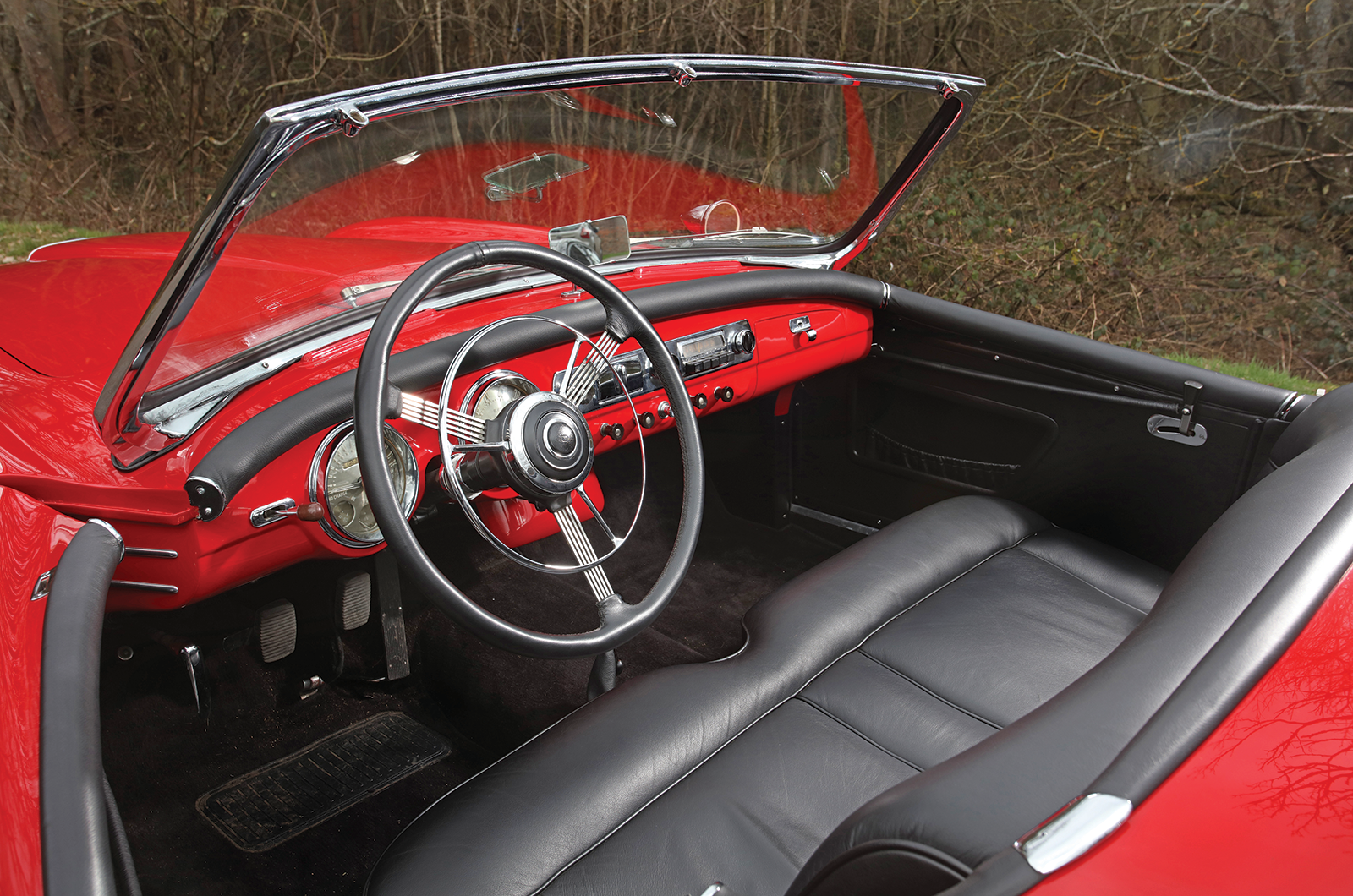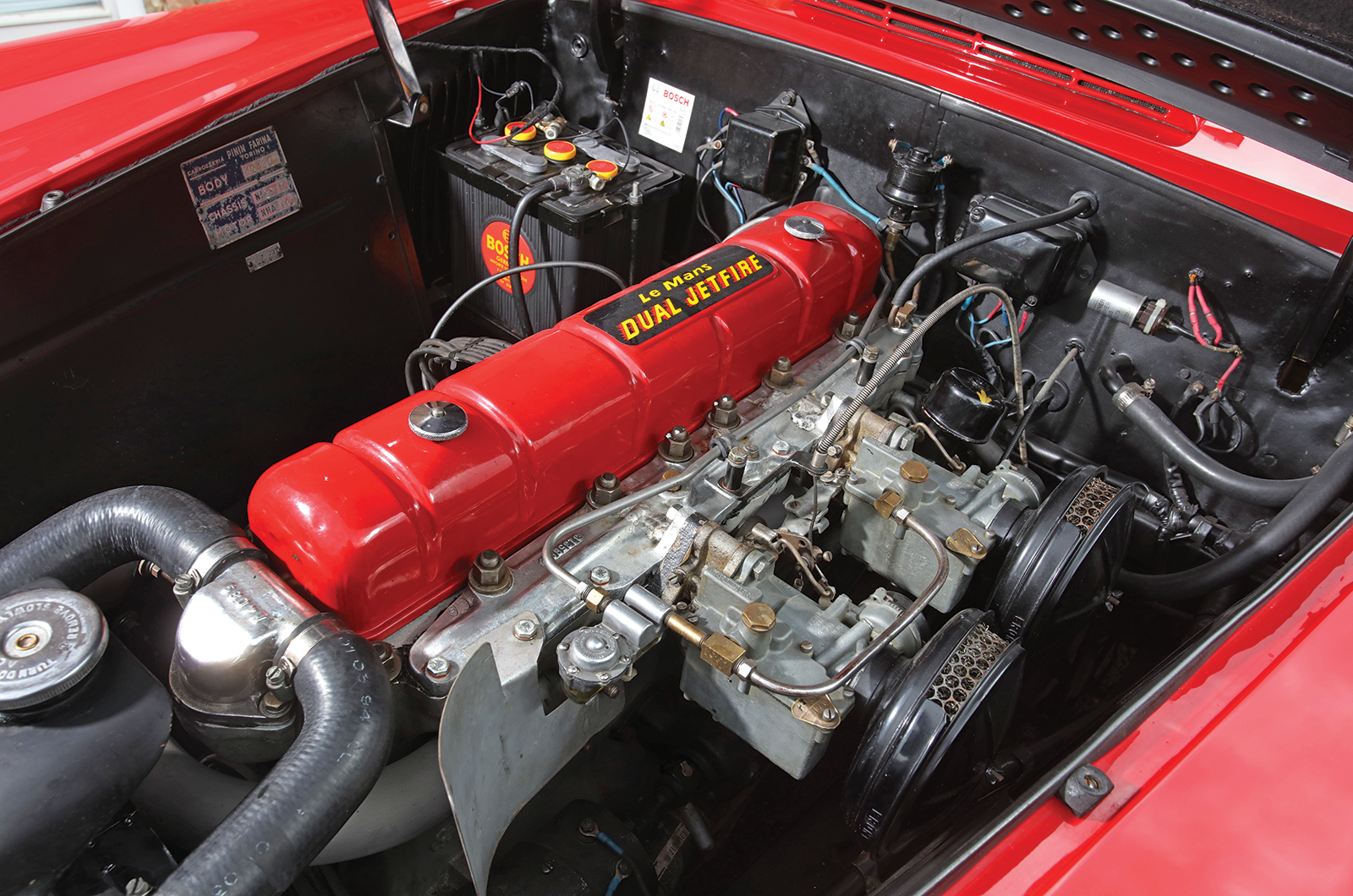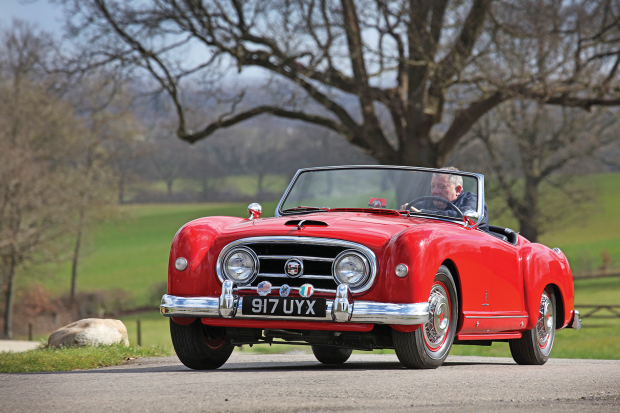
Even 70 years ago, the coming together of American brawn and British chassis know-how wasn’t a new idea.
The Nash-Healey was very much a car in the tradition of Railton, Allard and Jensen in that its creator saw the virtue of a large-capacity American engine installed into a lighter, more wieldy sort of car.
Intrinsically reliable off the shelf, the benefits of mass-produced American power were well understood, the sheer performance not quite so important as the effortless way these hybrid cars went about their business.
The Nash-Healey was different in two important ways. First, it was a car created at the behest of Americans, to sell to Americans, using American money. When you throw an Italian-made body into the equation, you have an early example of international co-operation that really was something new, particularly for the inward-looking US motor industry.
In that sense, the Nash-Healey is a more significant car than it appears, not only giving Donald Healey the financial stability that would be a turning point in his fortunes, but also marking the beginning of a creative phase that would produce exotic machines such as the Dual-Ghia, the Bertone-styled Arnolt-Bristol and the Vignale-bodied Cunninghams.
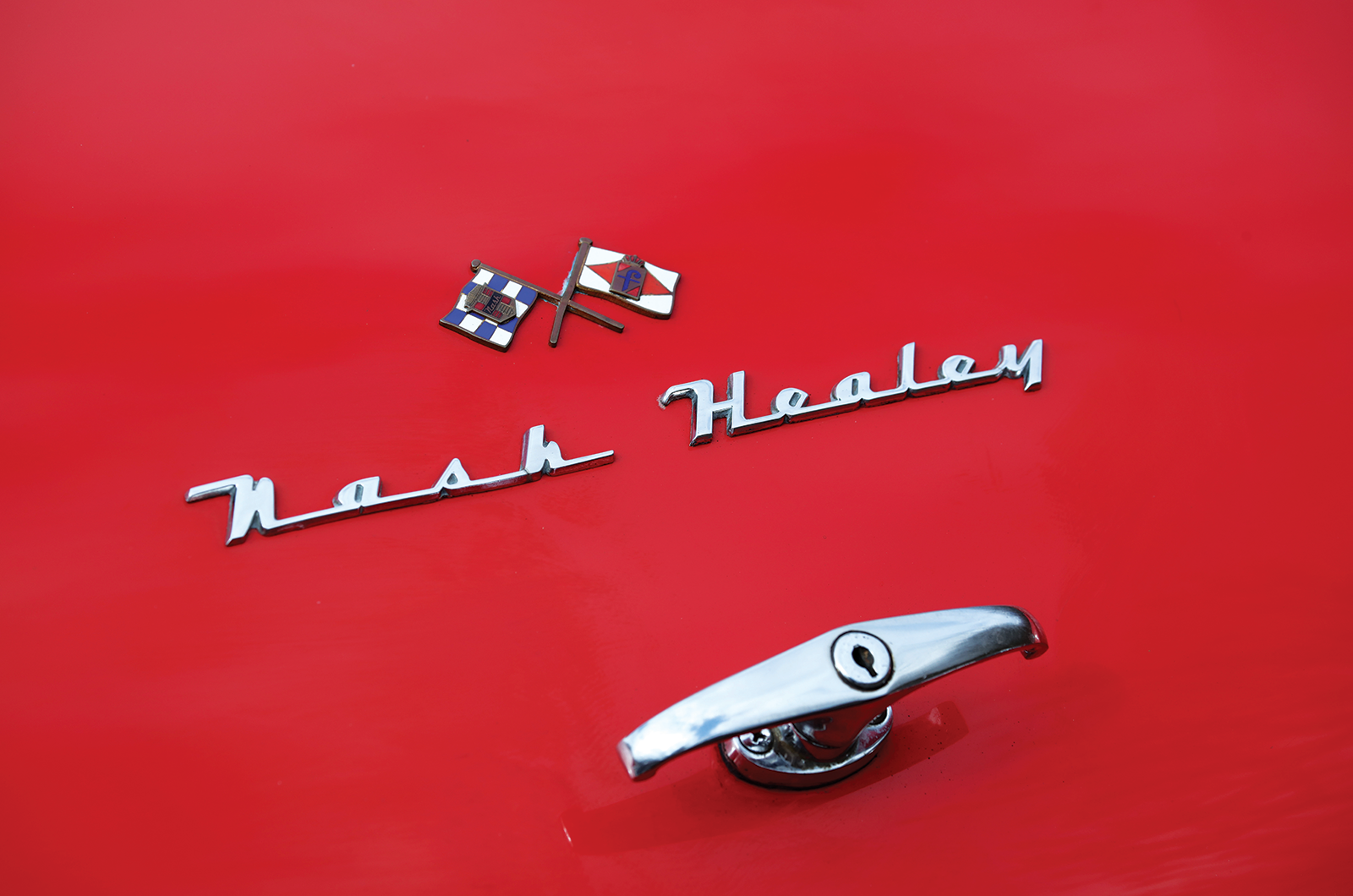
Crossed flags reveal Torinese roots

